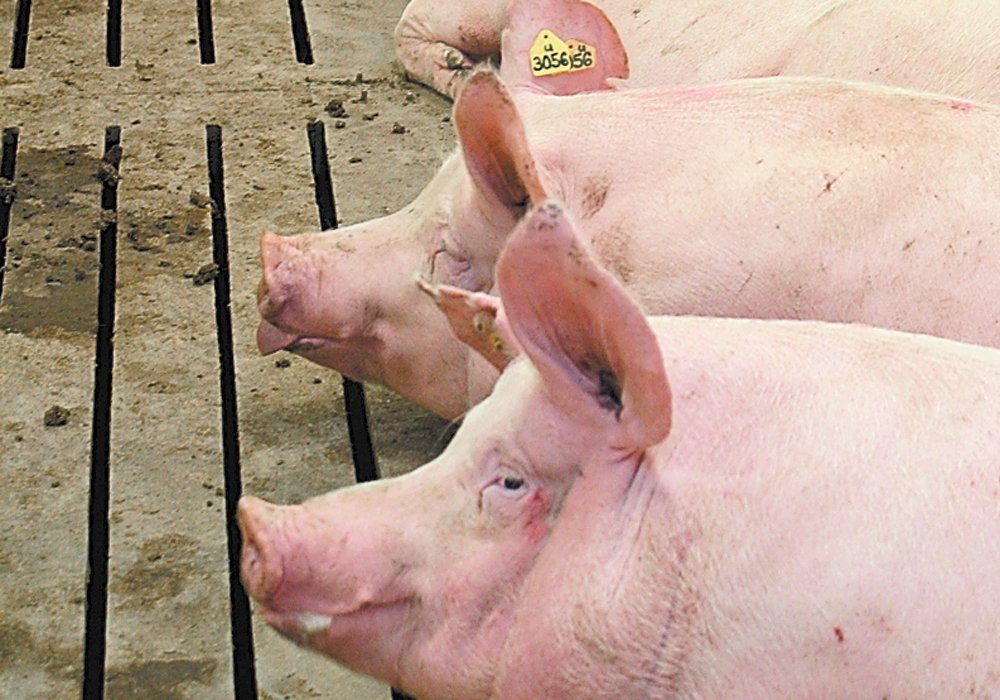Observers report that China’s hog recovery has stalled

A resurgence of African swine fever in China has stalled the swine herd recovery that helped trigger the bull run in grain markets, according to the U.S. Department of Agriculture.
“Swine numbers are not likely to rebound until at least mid-2021,” the USDA’s Foreign Agricultural Service stated in a recent report.
And that is assuming the current ASF outbreak is brought under control by that time.
Chinese veterinary institutes identified new strains of the deadly hog disease last November and December. Those strains spread to a large portion of the herd before being detected.
“The new ASF strains appeared to cause lameness in breeding sows and increased the piglet mortality rate,” said the FAS.
The mortality rate and/or culling of breeding sows because of the ASF infections ranged from 20 to 50 percent during the most recent outbreak. The losses have continued through the first quarter of 2021.
However, the contraction of China’s sows and overall swine herd is not reflected in a recent report from China’s National Bureau of Statistics.
It contends that China’s swine inventory increased to 416 million head by the end of the first quarter of 2021, up 95 million head from a year earlier. That number is close to pre-ASF levels.
The number of productive sows increased to 42.2 million at the end of the first quarter of 2021, up from 34 million a year earlier, according to the NBS.
An analysis by the Dim Sums blog shows that the NBS numbers imply the average sow produced 20 surviving offspring during the last 12 months of swine herd rebuilding, up from 16 in 2017.
“This increase in productivity is exactly the opposite of what has been reported about China’s swine industry over the past year-plus,” the anonymous author of the blog stated in a recent article.
“All indications are that sow productivity has gone down, not up.”
China has been using gilts from commercial herds as breeding sows. Those gilts are less productive than normal breeding sows and are culled earlier than usual.
Also, extreme cold temperatures last winter increased sow mortality and made them more vulnerable to disease, said Dim Sums.
The blog author said the idea that China’s hog herd has almost fully recovered is inconsistent with the sustained high price of piglets. Prices are still more than four times as much as they were in early 2019.
Meanwhile, the government continues to import large volumes of pork, with imports for the first quarter of 2021 up 22 percent from year ago levels. And it continues to dump frozen meat from its reserves into the marketplace.
Those are also signs that the NBS’s recovery numbers are bogus, Dim Sums said.
The FAS reports that the price of live hogs in China fell by nearly 36 percent between January and April of 2021.
“This is typically a period of weaker consumer demand for pork,” said the FAS.
“However, an increase in slaughter rates (including large-weight and under-weight hogs) likely exacerbated the price decline.”
It said producers are delaying restocking their farms due to concerns about the new ASF strains, high piglet prices and high feed costs.
“These factors will likely slow China’s swine herd rebuild in 2021 and offers a counter perspective on recent statements made by Chinese officials,” stated the FAS.
China is taking steps to control the latest outbreak. The ministry of agriculture implemented new rules on May 1 limiting the transport of live hogs between regions.
Movement had previously been restricted in certain provinces, but those rules did not apply to breeding sows and piglets until now.
Mac Marshall, vice-president of market intelligence with the United Soybean Board, is pleased to hear that China is establishing zones to contain the outbreak of the new variants.
“This is a positive development,” he said in a recent USB video.
“Anything that can be used to mitigate (ASF) and further the advancement and growth and return of (China’s) pig herd is really essential going forward.”

